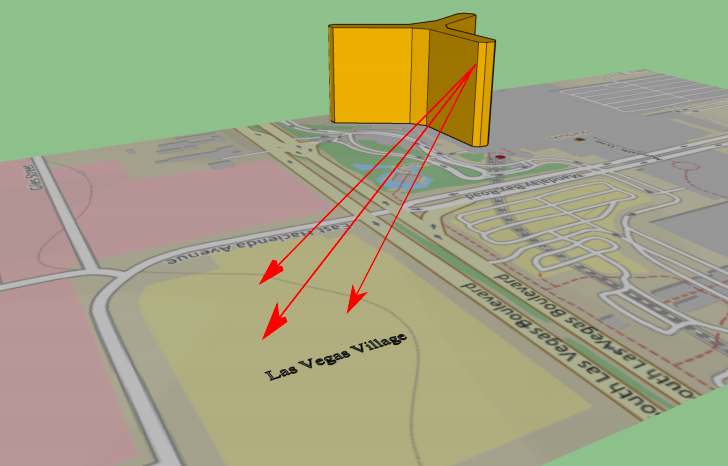By Antonio D Fazzalari
Late Sunday night at the Route 91 Harvest country music festival in Las Vegas, an armed gunman opened fire on a crowd of attendees, killing 58 and injuring over 500.
Identified as Stephen Paddock, 64, the gunman was found with 23 guns and thousands of rounds of ammunition stockpiled in his room at the Mandalay Bay Resort.
Immediately following the national tragedy, the media flooded with demands for stricter gun control legislation, including a proposed ban on bump-stocks — a device which increases the fire rate of a semiautomatic rifle.
In addition, there were also calls from antigun sympathizers for a ban on rifles, and drastic calls for a ban on firearms across the board.
However, the question as to whether or not gun control legislation reduces the rate of firearm related crimes is yet to be answered.
The Second Amendment is as follows:
“A well-regulated militia, being necessary to the security of a free state, the right of the people to keep and bear arms, shall not be infringed.”
In a free state, wherein every individual is entitled to their natural rights of life, liberty and property, firearms serve as a mechanism through which one may defend themselves against a trespasser in the event that their life is threatened or their private property is infringed upon when no law enforcement is present.
The Bureau of Alcohol, Tobacco, Firearms and Explosives reports that at the end of 1996, approximately 242 million firearms were available for sale or in the ownership of United States citizens.
By the year 2013 there were more than 357 million guns in circulation in the United States.
This increase in the demand for firearms — coupled with increasingly stringent gun-control regulation — is demonstrated by the drastic increase in the annual number of National Instant Criminal Background checks from over nine million to over 27 million at the end of 2016.
How, then, is this information pertinent as it pertains to gun rights? Well, according to the Bureau of Justice Statistics, firearm related homicides declined 39 percent over the course of 18 years, from over 18,000 in 1993 to 11,000 in 2011 – a period which overlaps greatly with the expansion of firearm ownership and manufacturing. Furthermore, the BJS reports that nonfatal firearm crimes declined 69 percent, falling from 1.5 million victimizations in 1993 to 467,300 victimizations in 2011.
The correlation between the expansion of firearm ownership and manufacturing and the falling firearm crime rate in both lethal and nonlethal circumstances suggests that as gun ownership, and thus self protection, increases, criminals are less likely to commit firearm related crimes because the victims of such a crime may be fully prepared to defend themselves.
While in the case of the Oct. 1 Las Vegas shooting it is unclear as to whether or not an expansion of gun ownership amongst victims and onlookers would’ve had a direct impact, it is fair speculation to assume that Paddock would’ve been less inclined to commit such atrocities knowing that residents in adjacent rooms and perhaps hotel personnel would’ve been armed and prepared to defend their fellow citizens and their own well-being.
As Thomas Jefferson describes most concisely and austerely in quotation of 18th century criminologist Cesare Beccaria,
“The laws that forbid the carrying of arms are laws of such a nature. They disarm only those who are neither inclined nor determined to commit crimes…. Such laws make things worse for the assaulted and better for the assailants; they serve rather to encourage than to prevent homicides, for an unarmed man may be attacked with greater confidence than an armed man.”
Information from the U.S. Bureau of Justice Statistics, William J. Krouse’s Gun Control Legislation, U.S. Federal Bureau of Investigation, and Christopher Ingraham’s There are now more guns than people in the United States were used in this op-ed.
Header photo courtesy of Wikimedia Commons



